The vanishing authenticity of Birmingham
February 7, 2022 · Culture & History, Develop, Uncategorized
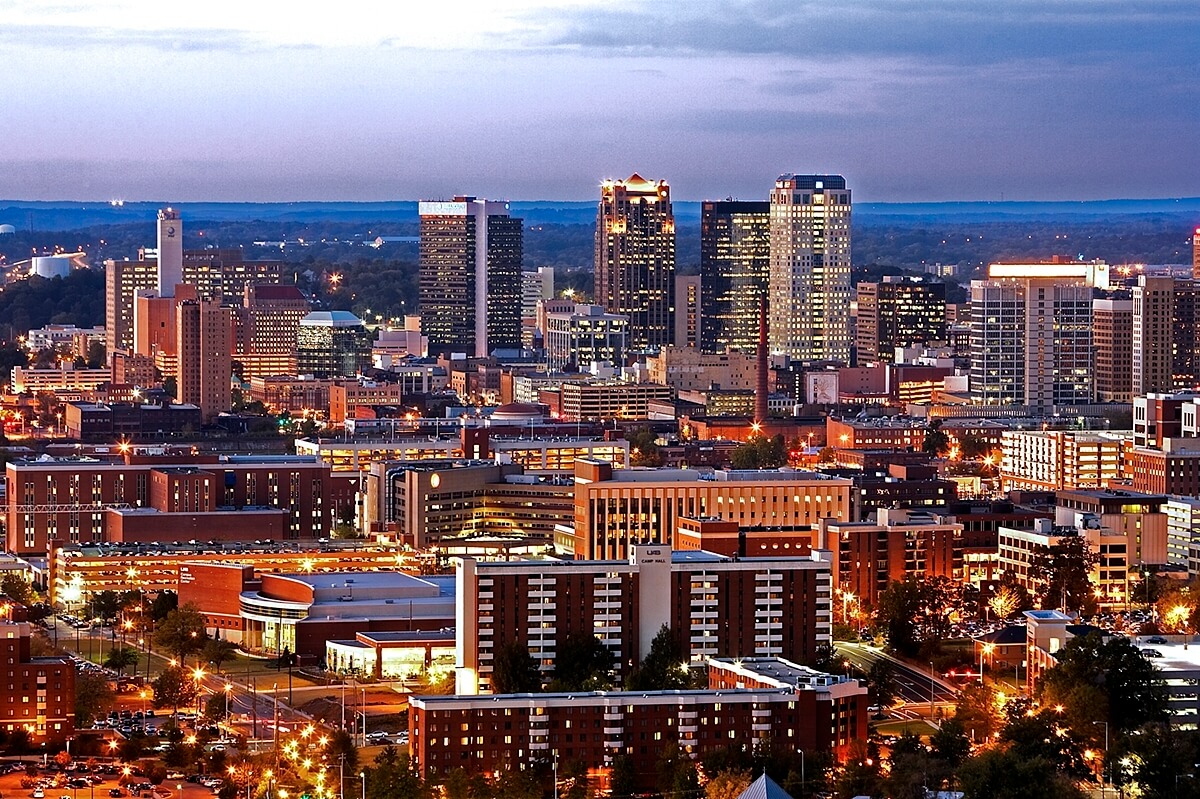

Written by David Fleming
REV Birmingham President & CEO
REV Birmingham is a place-based
revitalization and economic development
nonprofit with a mission to create vibrant
commercial districts.
“Growth is inevitable and desirable, but the destruction of community character is not. The question is not whether your part of the world is going to change. The question is, how?”
Edward T. McMahon, Charles E. Fraser Chair for Sustainable Development and Environmental Policy at Urban Land Institute
Preserving Birmingham’s character: A building hugger’s plea
Birmingham celebrated its 150th anniversary in 2021, and, as REV’s resident history buff and self-proclaimed building hugger, I used that as a convenient reason to impart more than a few history lessons on my team regarding the blocks and bricks that built our Magic City.
So much of the “Birmingham character” we appreciate today comes from the beautiful historic buildings and homes that still stand. Our concentration of historic structures is unique and serves as a powerful asset for regional economic development. This authenticity attracts people looking for a true sense of place and a high quality of life.
Retaining authenticity in our city doesn’t just happen. The creation of the Alabama Historic Tax Credit coupled with public interest in downtown’s revival has led to many Birmingham success stories that you’ve probably heard — the Elyton Hotel, the Kelly Hotel, The Piztiz — and we say #YayBham to all of those! However, those success stories sometimes mask the losses of historic buildings that we continue to suffer, and I feel it’s my duty (building hugger, remember?) to beat the drum for doing better.
A wake-up call: Schneider’s report
In 2019 — ironically, the 50th anniversary of the demolition of the grand Terminal Station — REV Birmingham and the Regional Planning Commission of Greater Birmingham commissioned historic preservation consultant David Schneider to evaluate the state of downtown’s historic districts.
The findings were sobering. Schneider noted that “the rate at which historic buildings are being demolished or insensitively renovated is alarming.” In fact, one downtown district has lost nearly one-third of its historic structures to new development.
Beyond downtown: Neighborhoods at risk
The recent announcement of Quinlan Castle’s demolition is a stark reminder of just how fragile our historic landscape is — not only downtown, but in urban neighborhoods, too.
Over the past decade, we’ve lost community-anchoring school buildings to inappropriate new development, even by community actors who have good intentions but lack the vision to see preservation as a part of revitalization. Historic homes have fallen to neglect, vandalism or demolition, slowly eroding the fabric of these communities. Many once-vibrant commercial buildings that formed the heart of local “main streets” now sit vacant or have been torn down, changing the character of these places forever.
The twin enemies of preservation
Historic preservation faces pressure from two opposing forces:
- Market Pressure: Increased interest and rising land costs can lead to demolitions for new construction or careless renovations that erase history.
- Market Neglect: In areas with little investment, we see “demolition by neglect” or city-led demolitions aimed at “helping” neighborhoods — often with the opposite effect.
As ULI Chair for Sustainable Development (and Birmingham native) Edward MacMahon points out in the quote that opens this article, cities will constantly be changing. However, we can guide and direct change to maintain our character and assets. The idea of “progress” should never be made the enemy of maintaining community character through historic preservation. If we come to the place where our progress depends on the destruction of places that represent our story, then we have failed as a community to properly plan our growth.
The real problem? Lack of will
In my experience as a place-focused economic developer and a historic preservationist, the reason we see historic assets demolished comes down to one thing: lack of desire. We cheer when someone chooses to preserve a building — but we also listen too willingly when someone else argues to tear one down.
It means that our development community does not see preserving our character as important and fails to learn the skills needed for developing historic buildings properly.
It means that our public sector has failed to protect these assets through creating incentives to help and enforcing design regulations that will not allow an excuse for demolition.
It means that we cannot allow historic assets to sit neglected for long periods of time until they deteriorate beyond salvation.
A call to action for Birmingham’s next chapter
As we enter the next 150 years of Birmingham history, hear this building hugger’s plea: Let’s commit to growth that will maintain our community character. Authenticity is a major asset in economic development, and our city is blessed with it! But we won’t be able to claim it in the future if we don’t protect it now.
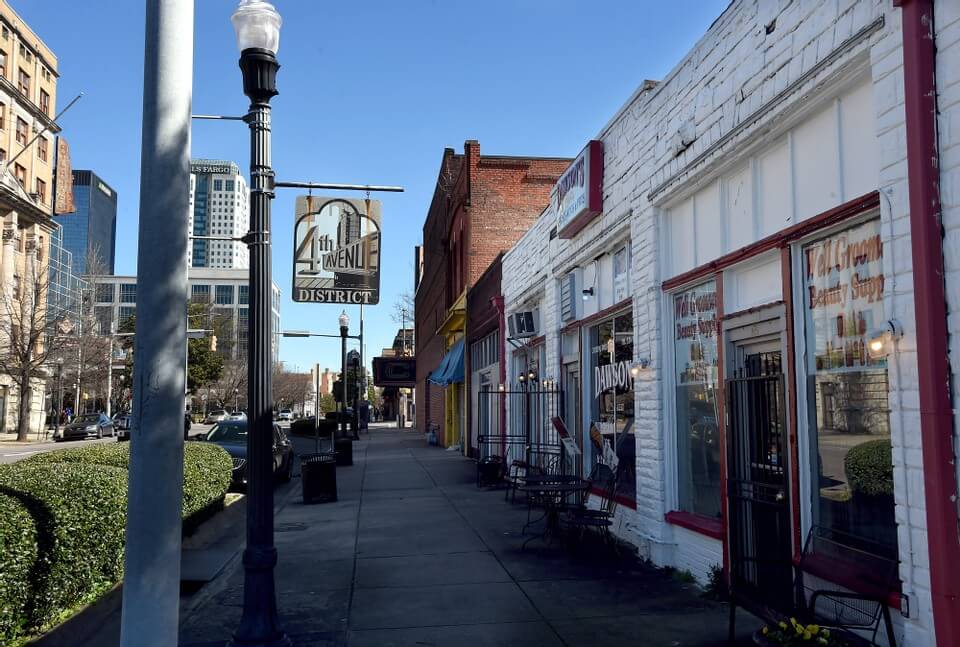
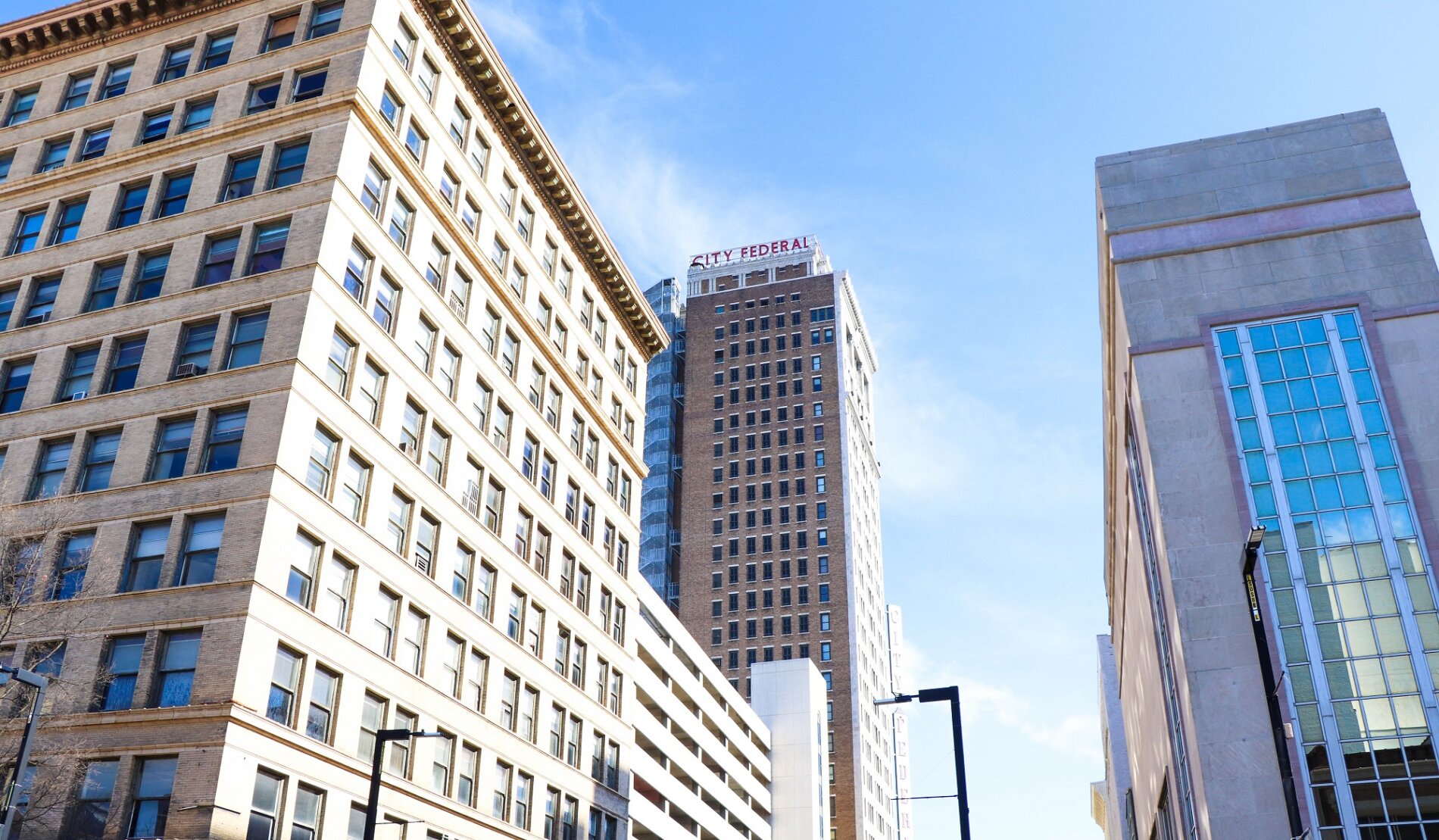
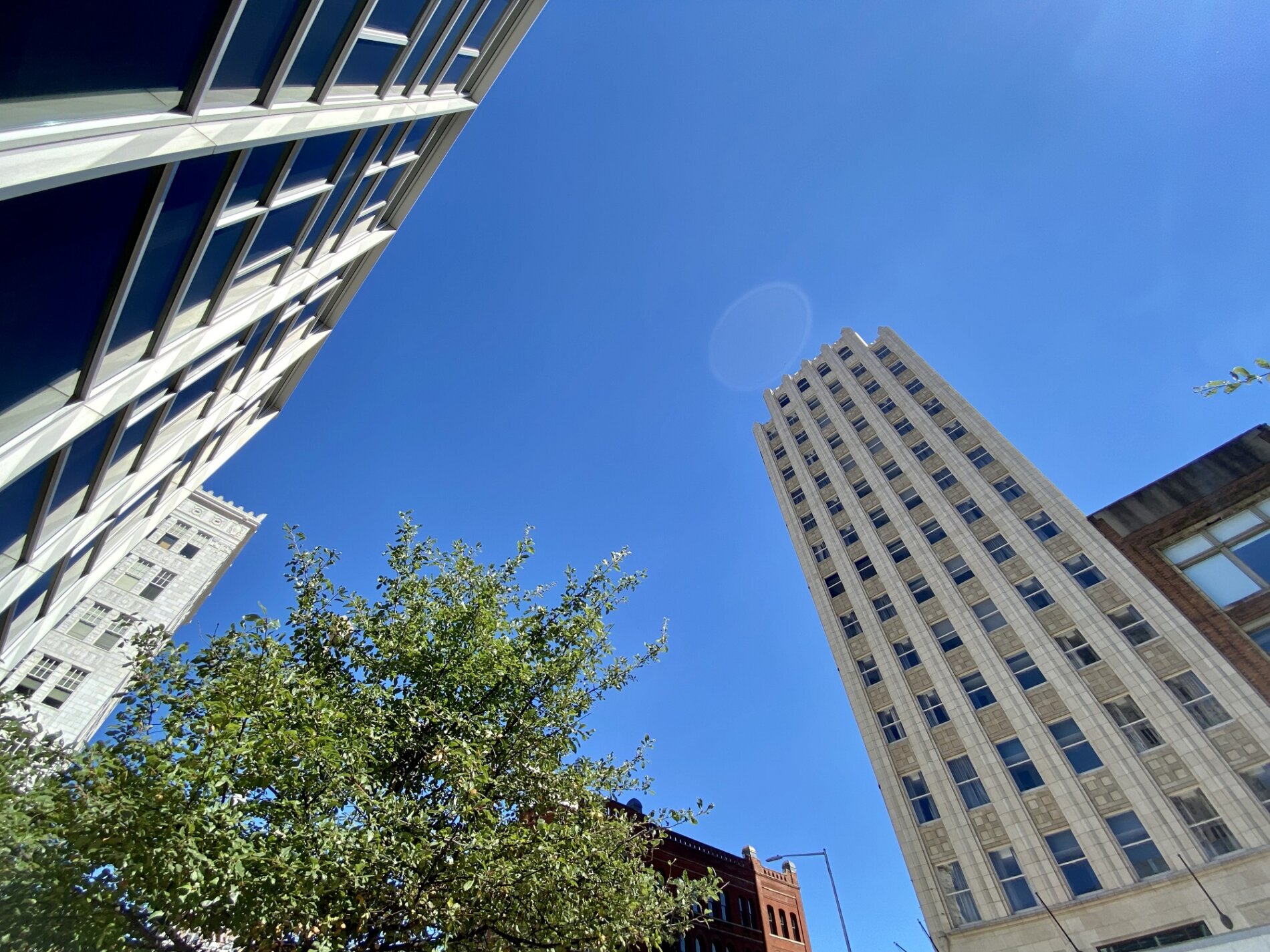

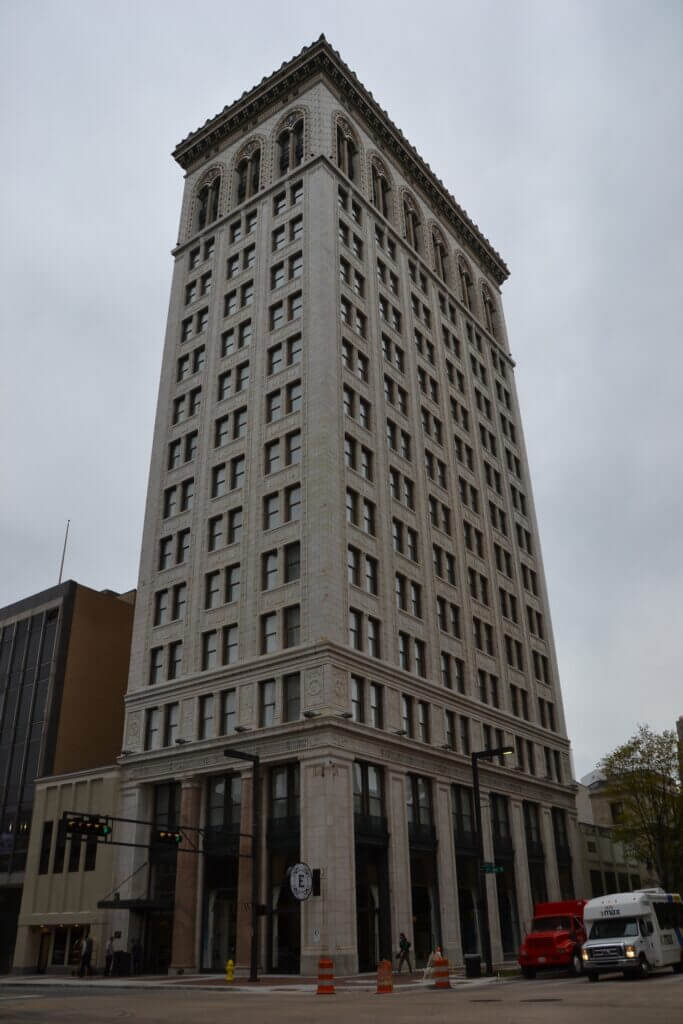
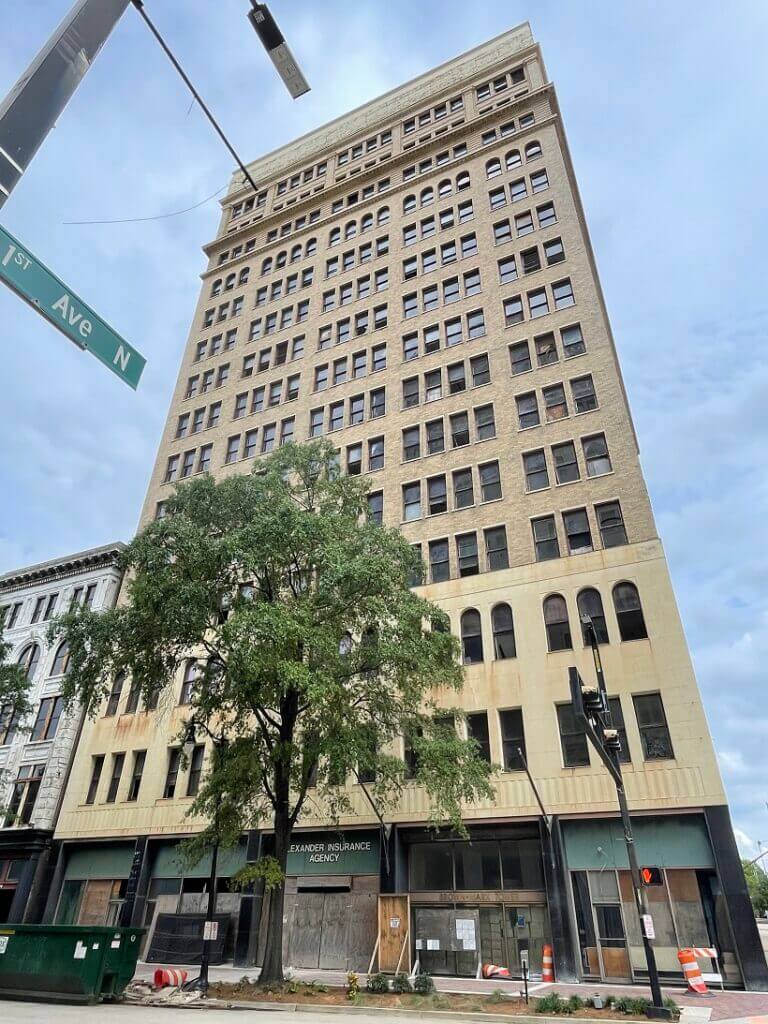
Read More
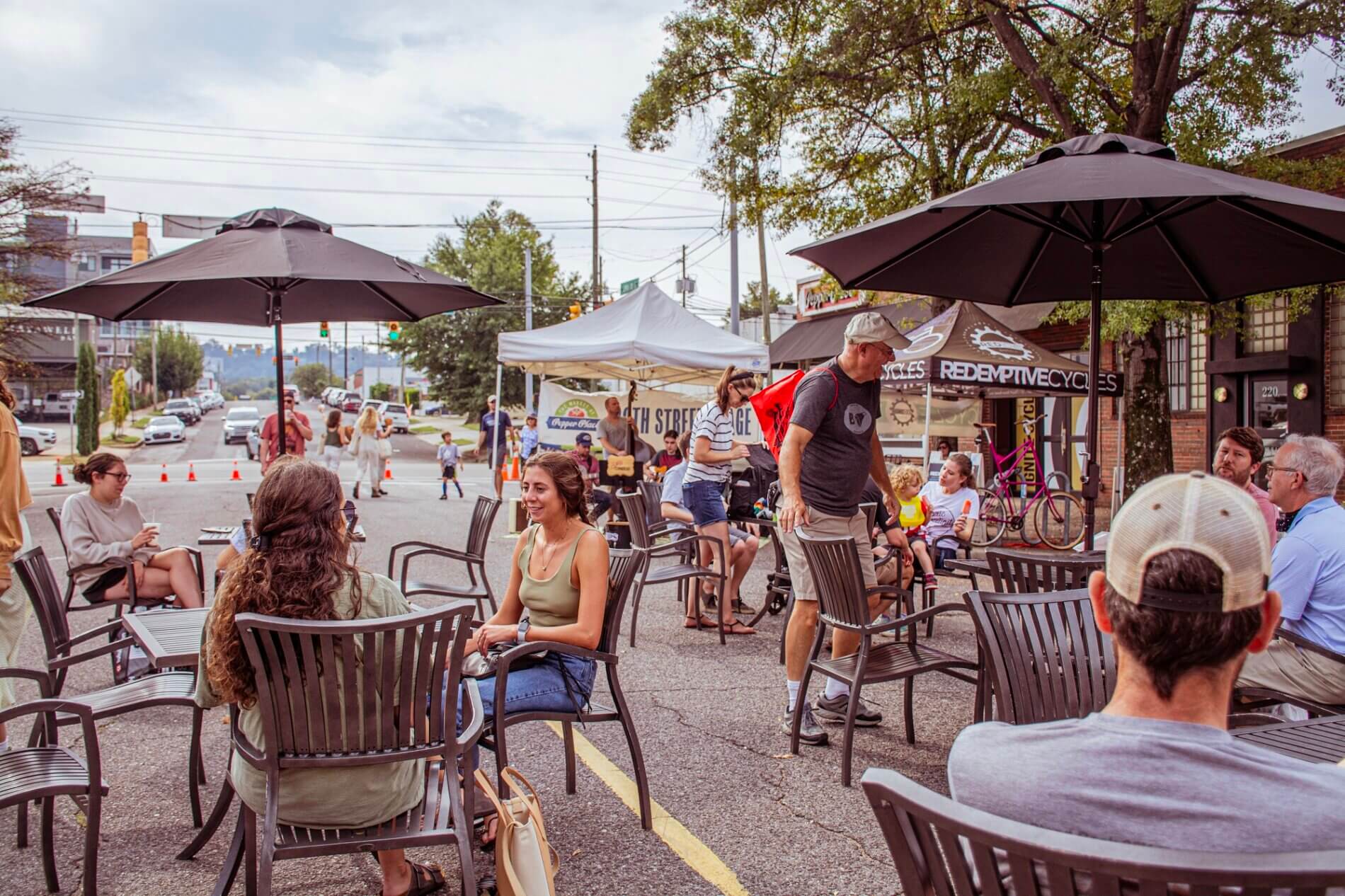
The Value of Downtown report: Birmingham
“As the literal and figurative heart of their cities, downtowns represent and welcome residents, employees, and visitors from all walks of life,” said David Downey, President and CEO of the International Downtown Association (IDA), as he discussed the importance of downtown and the role it plays in keeping the vibrancy alive in our city centers!
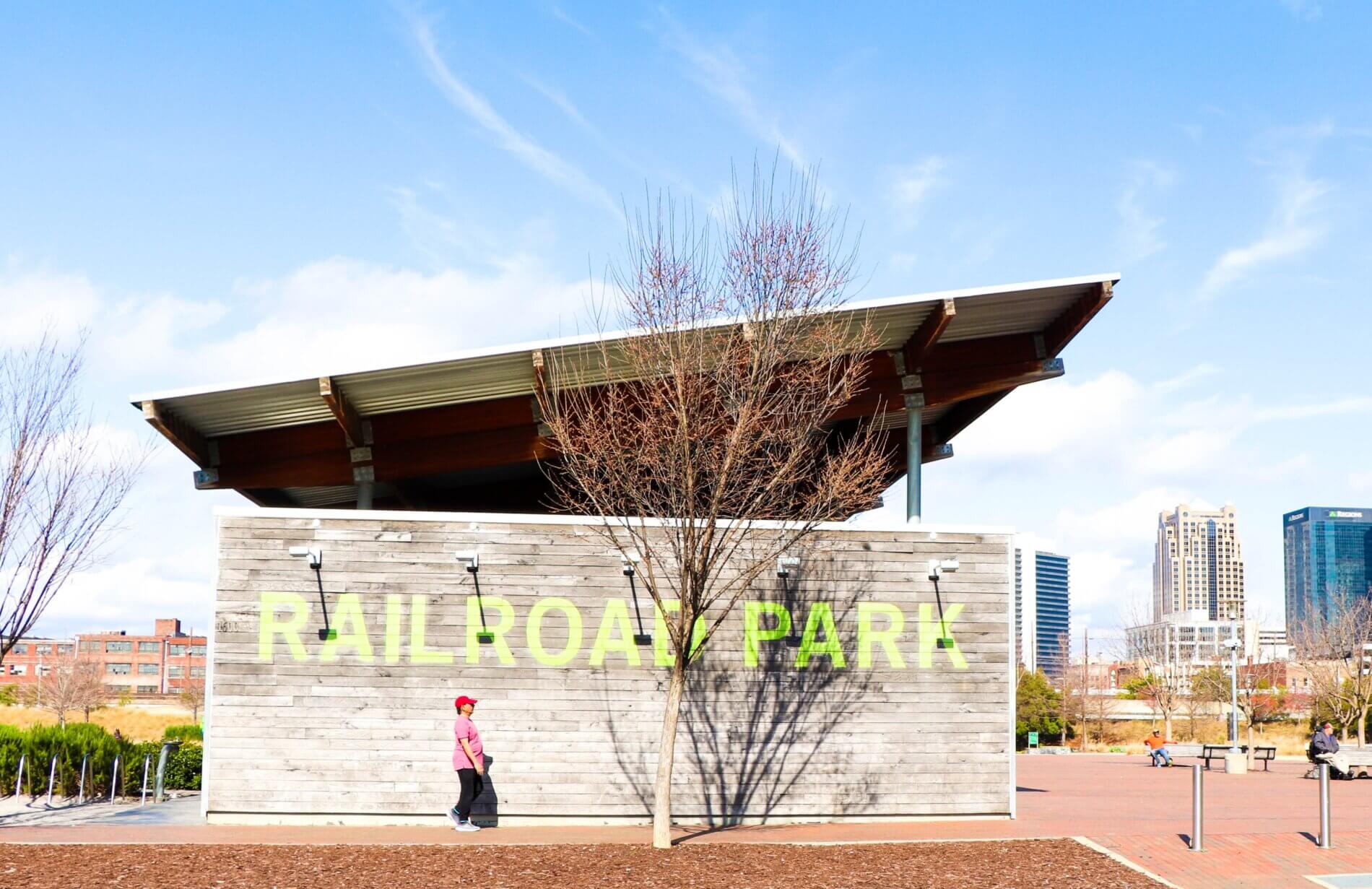
The value of urban parks: Investing in public green spaces brings returns for cities
Public parks play a vital role in shaping how we experience the communities, neighborhoods and cities we call home. When they are inclusive, thoughtfully designed and well-maintained, public green spaces can boost recreational opportunities, spark local investment and help mitigate environmental challenges.